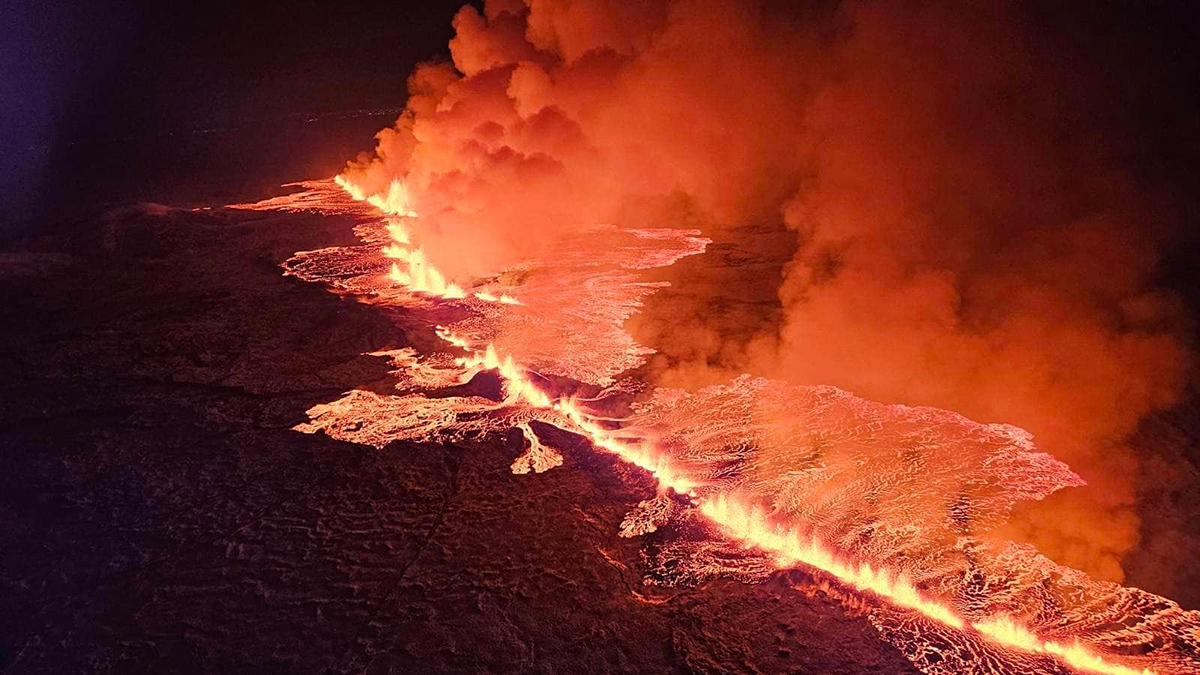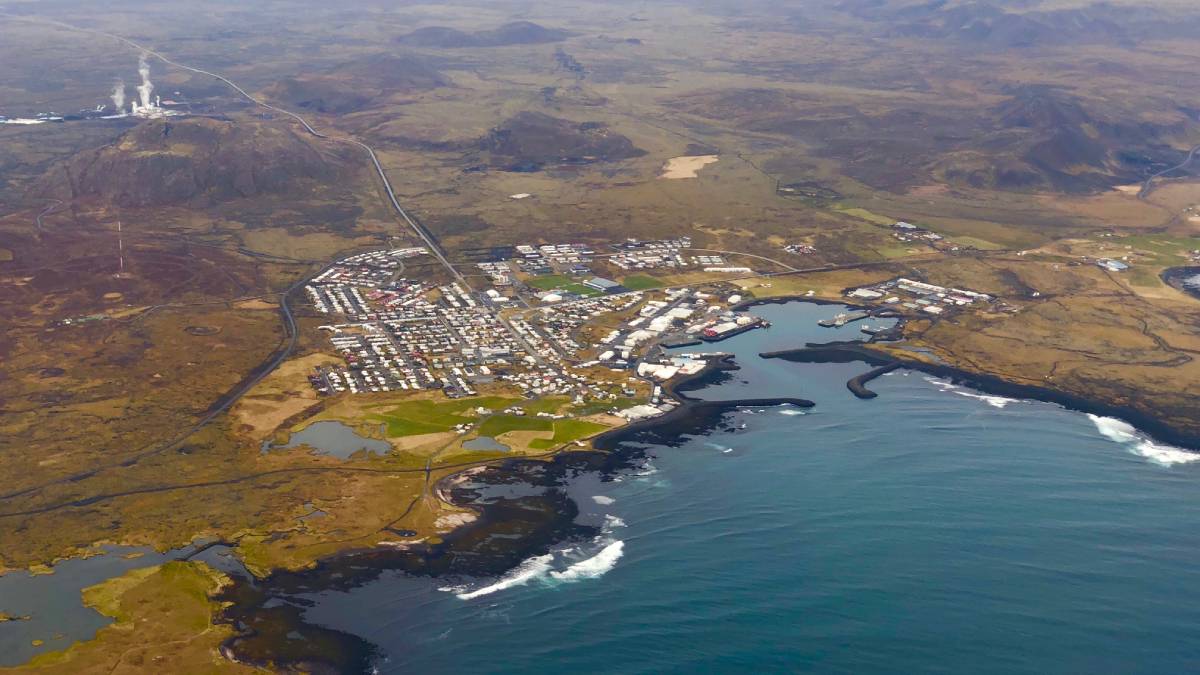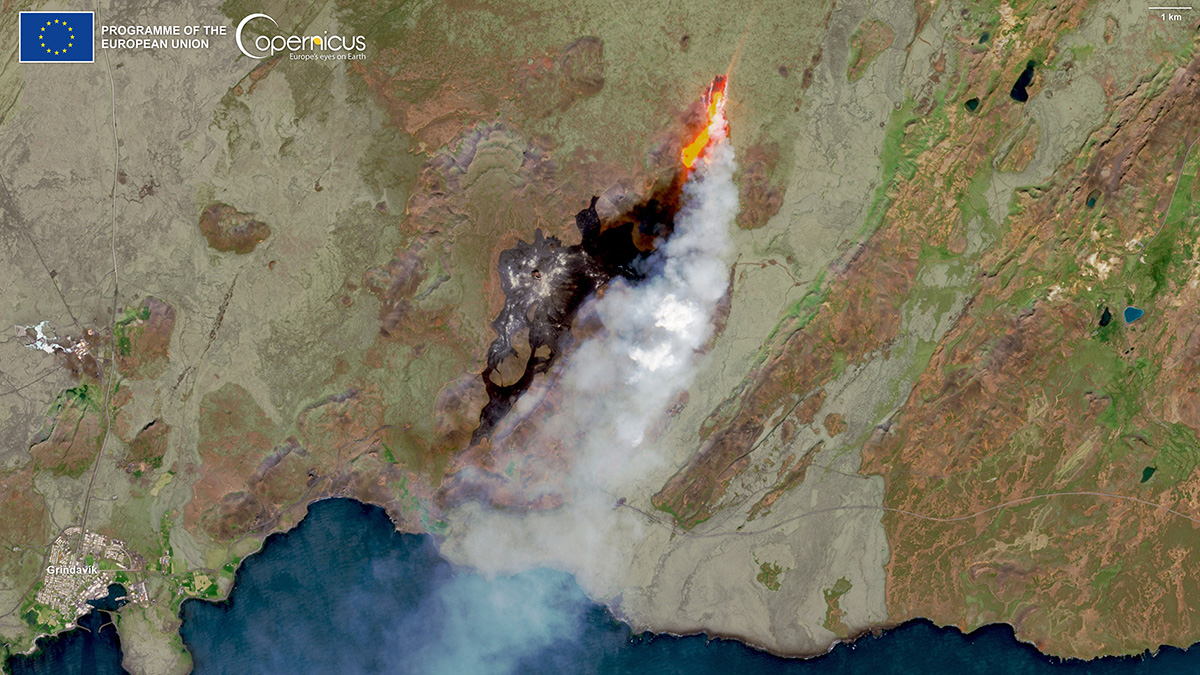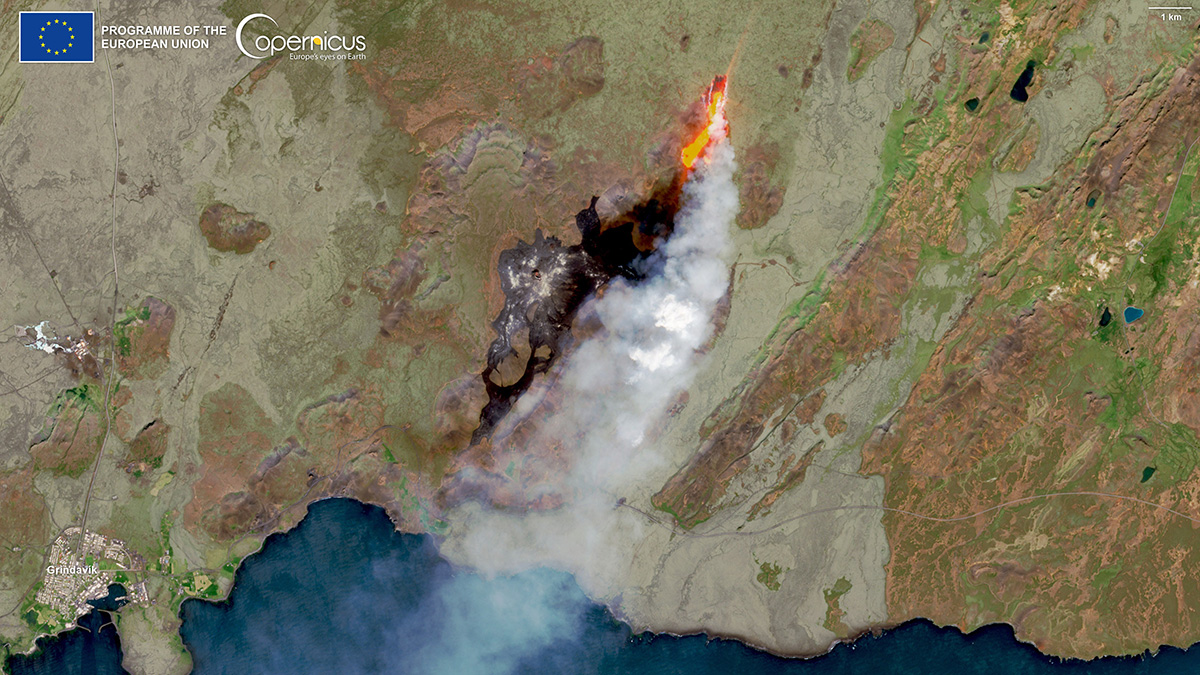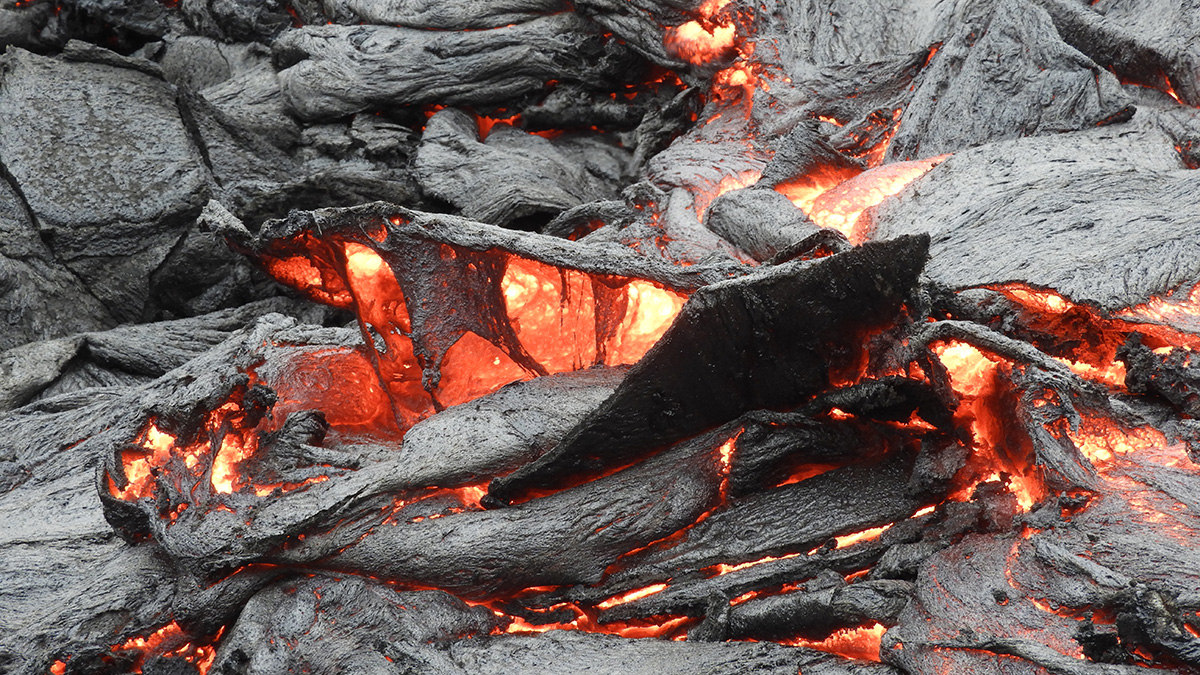The Landslide Blog is written by Dave Petley, who is widely recognized as a world leader in the study and management of landslides. Iceland Monitor has a very interesting article about a small landslide that occurred during heavy rainfall 0n 13 to 14 July 2024 on the southeastern side of Skíðaskálinn in Hveradalir, Iceland. This […]
Iceland
In Rare Opportunity, Researchers Observe Formation of Icelandic Valleys
During the lead-up to recent volcanic eruptions near the city of Grindavík, scientists documented graben formation in real time.
How Liquid Is That Lava?
A new device helps scientists measure lava viscosity during active flows.
What’s Hot in Iceland? A Close Up View of Hotspot-Ridge Interaction
New seafloor magnetic data help scientists retrace the evolution of the Reykjanes Ridge, lending insights into the effects of a mantle plume on mid-ocean ridge organization and evolution.
Iceland’s Recent Eruptions Driven by Tectonic Stress
Magma flow in the magmatic dike near Grindavík was among the fastest recorded. The processes driving that flow could be at play at volcanoes in Hawaii, off the African coast, and anywhere crustal plates split apart.
Icelandic Fissure Finally Erupts
The position of the eruption and wind conditions are favorable. No one is in immediate danger, local officials said.
Eruption Now Unlikely Near Icelandic Town
Scientists and local authorities had been tracking the eruption’s precursors for weeks and evacuated residents. Then the magma stalled.
La tercera es la vencida para el Fagradalsfjall de Islandia
La región volcánica que hizo erupción en 2021 y 2022 después de más de 7 siglos de estar dormida, lo está haciendo de nuevo.
Third Time’s the Charm for Iceland’s Fagradalsfjall
The volcanic region, which erupted in both 2021 and 2022 after more than 7 centuries of dormancy, is at it again.
Crystals Track Magma Movement Beneath Iceland
Crystals from Fagradalsfjall’s eruption mark how mantle magma might have been moving years before geophysical indicators alerted scientists to unrest.






